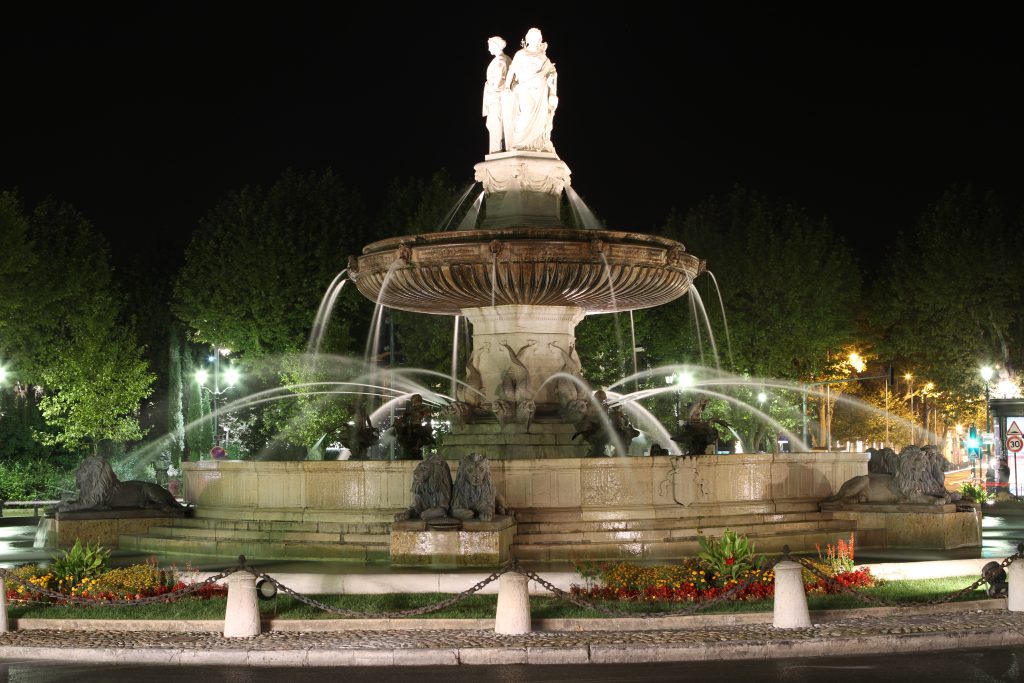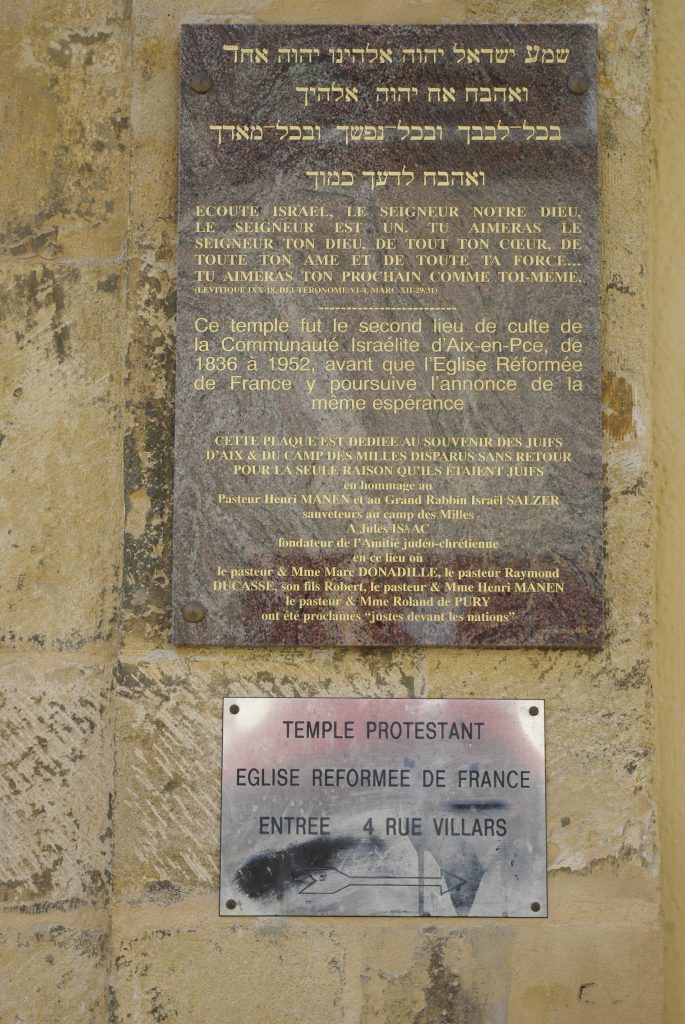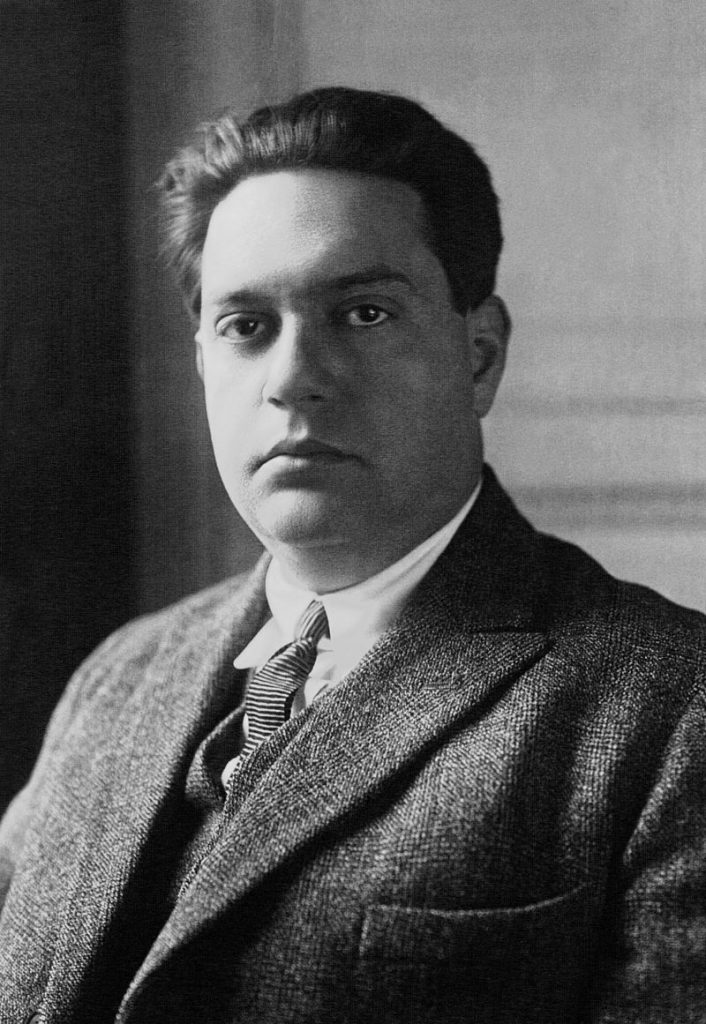The census ordered in 1341 by Robert, count of Provence, gave the Jewish population of Aix at the times as 1205, representing the 203 families grouped together in the Jewish quarter.

In her book Provincia Judaica: Dictionary of historical geography of the Jews in medieval Provence, Danièle Iancu-Agou recalls a text quoted by JS Pitton from Archbishop Peter IV that authorizes the Jews to build a synagogue and a cemetery in the town of Tours: “The Jews living in Aix, of whatever condition they may be, rich or poor, noble or not, few or many, from today will henceforth have to pay annually, for Easter, a cens of two pounds of pepper of the best quality to Lord Peter and his successors in the year 1143, and that for the scroll, the cemetery and the lamp.” This synagogue would have been located in a square near the current Celony Street.
In the 14th century, Jews emigrated to the county town, establishing a synagogue there, the presence of which was confirmed by texts dating from 1390 at the corner of the former rue Vivaut and rue Verrerie. An important place of Jewish life during the 15th century, the building and those surrounding it also housed a school, a kosher butcher’s shop, a charity house and social services. The main building will finally be sold in 1501.

Two Jewish cemeteries also existed at the time. The main one probably dates from the 10th century and would have been located between the Puyricard road and the national road. Jews were buried there until the 15th century. The Granet Museum (Musée Granet) houses a cast of a funerary inscription stating “Rabbi Salomon, son of Rabbi David up above in the year [500]2. The Jewish year 5002 corresponds to 1241-42 C.E.
When King René, Duke of Anjou, retired to Aix in 1471, he allowed relative prosperity to the city’s Jews, safe from regional violence and expulsions, in exchange for a large contribution to the city’s finances. Following his death in 1480, King Charles VIII issued a decree expelling the Jews from the province. Nearly 400 Jews lived in Aix before the expulsion, most subsequently emigrating to Comtat Venaissin.

The resettlement of Jews in Aix took place mainly as a result of post-revolutionary emancipation. A synagogue was inaugurated on rue Mazarine in 1840. Many Aix Jews were deported during the Shoah. The few Jews who remained in the city decided to sell the post-war synagogue.
Following the arrival of many Jews from Algeria in the early 1960s, a synagogue was built in rue de Jerusalem. The first stone was laid by the great musician Darius Milhaud, whose grandfather had been president of the community a century earlier.
This synagogue was transformed into the Darius Milhaud Cultural Center in 1997 when a new and larger synagogue was built next door. There are around 2,500 Jews in Aix today.
Other great figures of the city include the mayors of Aix Jasuda Bédarride and his brother Salomon Bédarride, and of course Jules Isaac, a great builder of Judeo-Christian friendship who took refuge there in 1940.